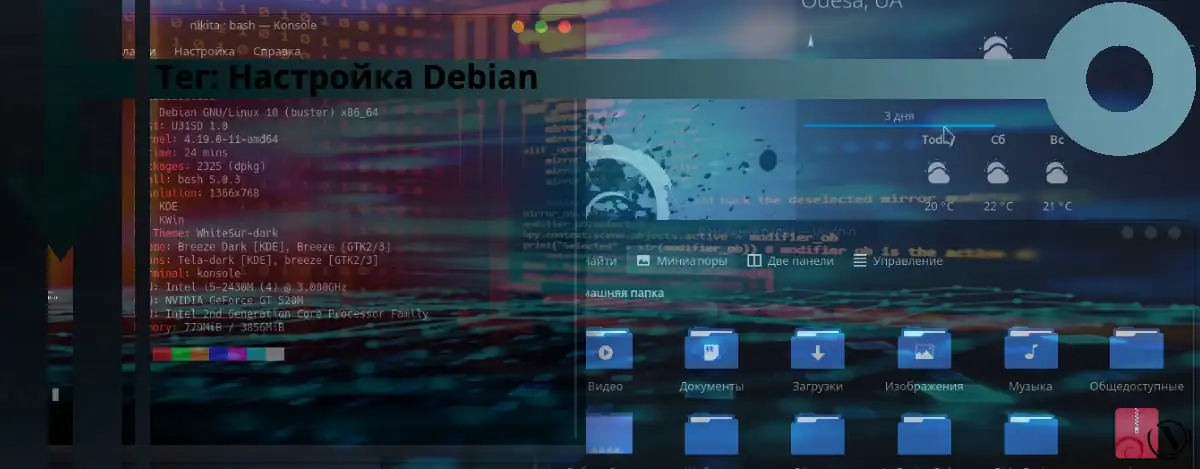Debian 9.1 setup detailed guide
Debian 9.1 setup detailed guide - Based on the analytics of your site's metrics. I have found that many users do not know how to set up Debian 9.1 properly. Debian setup in my case...

Setting up an operating system may seem like a daunting task, but with Debian it is not. Setting up Debian can be quick and easy if you follow the basic steps. We'll go over some of these steps below.
Before setting up Debian, make sure you have the latest operating system installed. To do this, open a terminal and enter the command "sudo apt-get update". This command will update the list of packages on your system.
To set up Debian, you may need to install additional packages. Some of these may include networking packages, GUI settings, and others. Depending on your needs, you can install the necessary packages using the "sudo apt-get install" command.
Setting up a network on Debian may require you to take some extra steps. For example, if you are using a static IP address, you will need to configure the /etc/network/interfaces. You can use the "sudo nano /etc/network/interfaces" command to open this file and make the necessary changes.
You can use the system settings to customize the Debian GUI. For example, you can change the theme or set up automatic login. To do this, open "System Settings" and select the appropriate menu item.
Security setup is an important part of Debian setup. You can install additional security packages or set up a firewall. You can also change user settings or passwords to secure your system.
After setting up Debian, it is important to check all settings to make sure they are working correctly. You can check the network, GUI and security settings and make sure all required packages are installed. Also check that your system is fast and stable.
In addition to the basic steps, there are some additional tips to help you set up Debian even better.
Debian offers many different desktop environments such as GNOME, KDE, XFCE and others. Choose the one that best suits your needs and customize it according to your preferences.
Debian has a huge selection of packages in its repositories. Use them to install additional applications and programs that may be useful for your work.
SSH allows you to manage your Debian system remotely, which can be very handy. Set up an SSH server and configure access to it with a password or SSH key.
Don't forget to back up your data and system. Use a backup to save important data and settings so that you can quickly restore your system in the event of a failure.
You can optimize the performance of your Debian system using various tools such as Tweak and BleachBit. They will help you clean the system of unnecessary files and improve its performance.
Remember to update your Debian system regularly to get the latest fixes and security updates. To do this, use the "sudo apt-get upgrade" command.
⟹ The following are materials covering this topic:
Debian 9.1 setup detailed guide - Based on the analytics of your site's metrics. I have found that many users do not know how to set up Debian 9.1 properly. Debian setup in my case...
Continue reading: